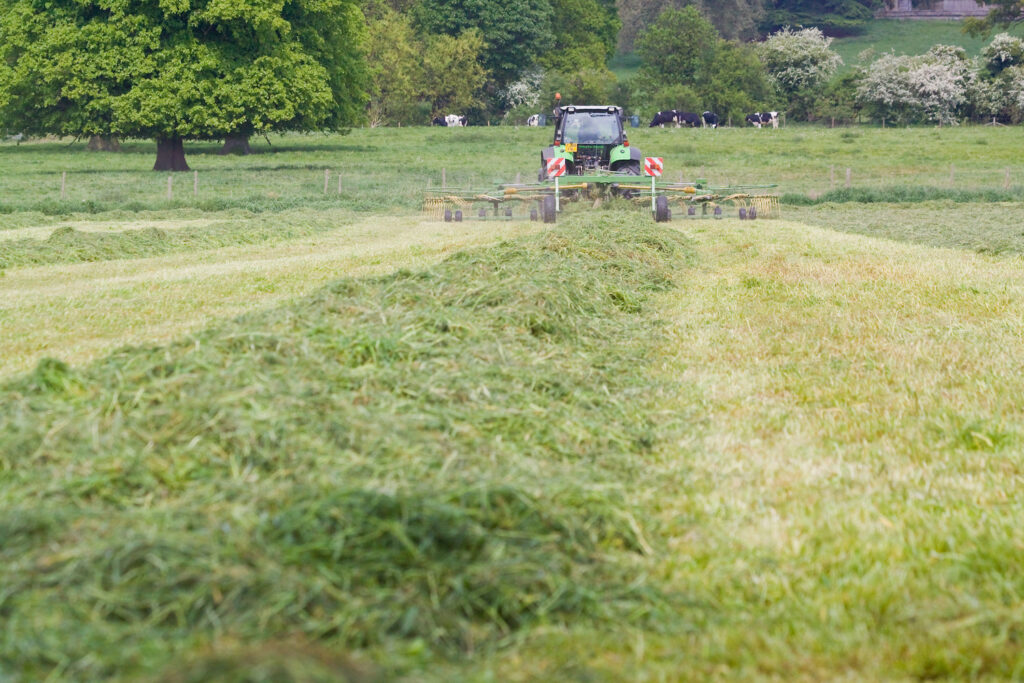Top tips for spring grass management
19th May 2022
Against a back drop of rising input costs, farmers need to look at maximising the output from their grassland by focusing on a few key agronomy management practices, is the advice from Jim Clark, Carlisle-based agronomist with Hutchinsons.
This means looking at grass more as an arable crop, including creating a long-term plan for reseeding and controlling weeds and a soil health plan.
The most important step is often the first, and managing grassland is no different. Get out and walk the grass, and really look at its condition. So, take note of how much cover there is across the field, what is the weed burden particularly in relation to docks, and also any poaching and compaction. Take some soil samples as you go to check your pH, P and K levels.
Poached and compacted soils carry a higher weed burden, chickweed can be a particular issue, but docks are a major problem this spring as a result of a milder winter and stock out-wintered for longer causing bare soil – and docks love open ground.
Choose grass varieties with the weed burden and herbicide options in mind. For example, if including clover in the sward, many dock and chickweed herbicides will knock this out as well, so it’s important to plan ahead when thinking about reseeding and if fields have a high weed burden sow a short term or even a different crop for a few years to get them under control before sowing your clover and herbal lays.
Remember that some herbicides are much kinder to the grass when carrying out weed control than others and you don’t want to check the grass growth in spring, so use a softer product based around Fluroxypyr.
When reseeding, seed to soil contact is essential for good establishment. So unless the soil is bare, avoid a scratch harrow air drill. When direct drilling seeds into the sward, temperature is key to success. Cooler temps of 6-8°C suit Italians and Westerwolds, but later perennials and clover need 9-10°C.
Grass should be sown before applying slurry, particularly if going on in bands, as if drilled after the slurry is applied it is much harder for the drills to penetrate the soil which affects soil: seed contact.
Five top tips for grass management
- Look closely at the soils for compaction or poaching and plan any sward restoration work around this.
- Know the weed burden in each field. Recognise that docks need a specific management plan.
- Choose grass varieties carefully taking into account suitable herbicide programmes.
- Choose the correct reseeding approach depending on sward quality and soil temps.
- Time slurry applications to compliment the best possible establishment.
For more information contact Jim Clark on email jim.clark@hlhltd.co.uk mobile 07841 451383.

